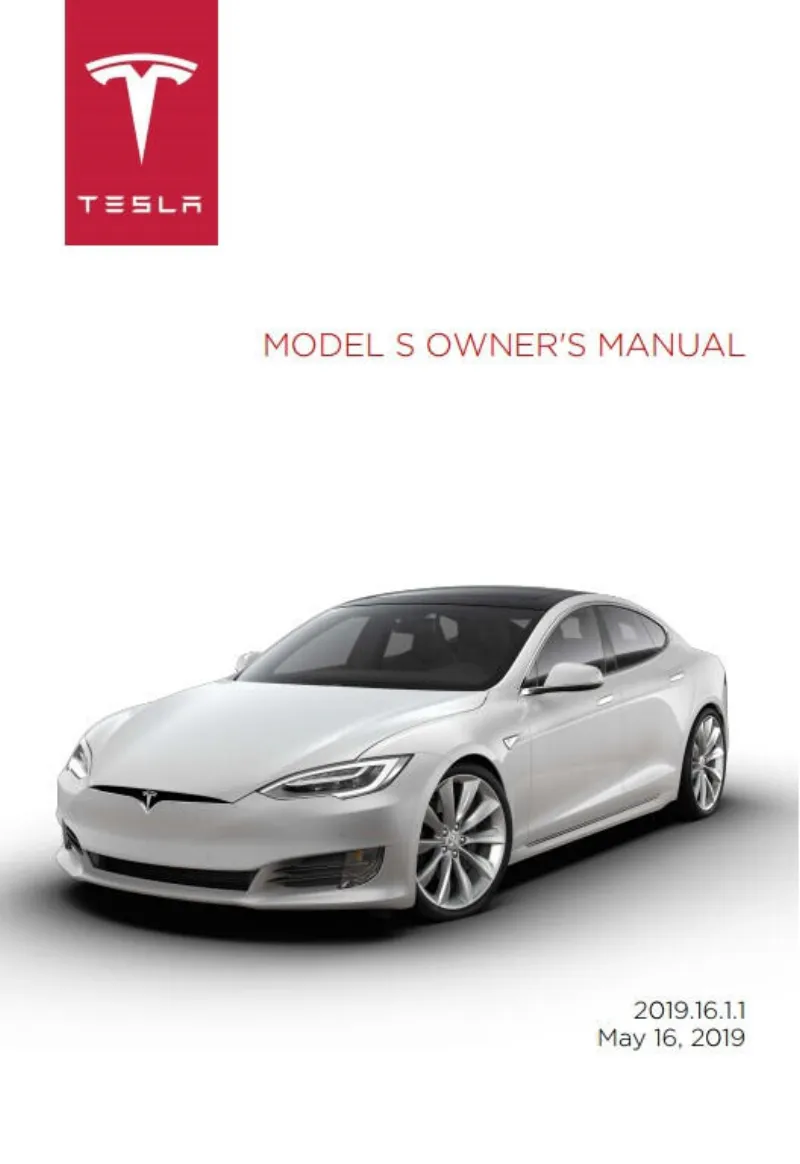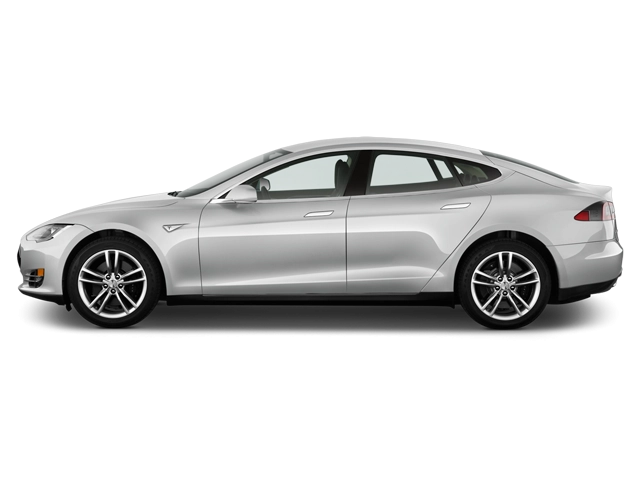2019 Tesla Model S Owner's Manual

Table of Contents
2019 Tesla Model S Overview
Introduction
The 2019 Tesla Model S is a luxury all-electric sedan that redefines modern driving with its stunning aesthetics, high performance, and cutting-edge technology. As a flagship model from Tesla, it offers an unparalleled combination of style, comfort, and eco-friendliness, making it a prime choice for those seeking an electric vehicle that stands out from the crowd.
Powertrains
This automotive marvel comes equipped with a couple of impressive powertrains. The Model S features two notable configurations: the Long Range and the Performance models. The Long Range offers an astounding range of about 370 miles on a single charge, powered by twin electric motors that deliver a combined output of 370 horsepower. The Performance model, on the other hand, elevates the experience with a blistering 0-60 mph time of just 2.4 seconds and 627 horsepower, ensuring you feel the thrill with each press of the accelerator.
Trims
The 2019 Tesla Model S is available in three main trims: the Long Range, the Performance, and the recently introduced Performance with Ludicrous Mode. Each trim caters to different driving preferences, offering unique features while maintaining the core values of luxury and performance that Tesla is renowned for. The Long Range focuses on maximum efficiency, while the Performance trim prioritizes exhilarating speed and handling.
Features
Inside the Model S, the cutting-edge technological capabilities are complemented by high-quality materials and a spacious interior. Key features include a 17-inch touchscreen display that controls most vehicle functions, premium audio systems, advanced autopilot capabilities, and a comprehensive suite of safety features like automatic emergency braking and lane-keeping assist. The seamless integration of Tesla's software ensures that updates and new features are continually available over-the-air.
Owner's Manual
The owner's manual of the 2019 Tesla Model S serves as an essential guide to maximize the driving experience. It provides in-depth information about operating the vehicle, troubleshooting, and taking full advantage of all the features available. Tesla's commitment to user-friendly resources enables owners to navigate their electric journey with ease, ensuring they get the best out of their Model S.
User manual download
The Tesla Model S owner manual for the 2019 model year is to be found in PDF downloadable format on this page. The owner manual for the model year 2019 is free and in English, but the repair manuals are usually not easy to get and may cost more.
Manual Questions
Fill the form below and someone will help you!

